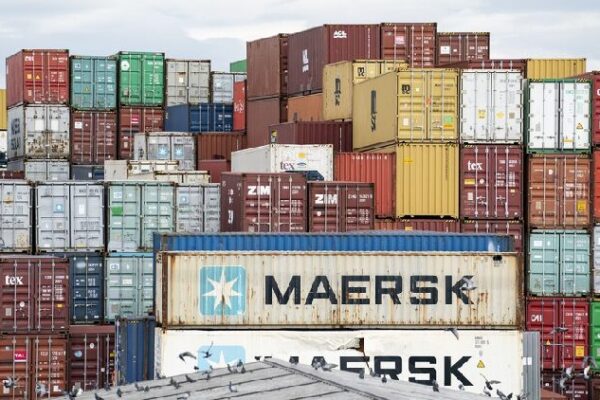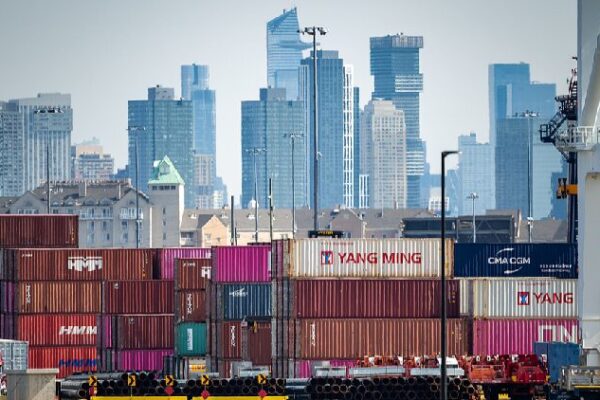Why Tariffs Won’t Fix America’s Economy
In recent times, the United States has imposed additional tariffs on products from China, aiming to reduce trade deficits and rejuvenate domestic manufacturing. While this strategy might seem promising on the surface, it doesn’t hold up in today’s interconnected, globalized economy. Here’s why tariffs may not be the solution they’re hoped to be.
Global Supply Chains Can’t Be Easily Reshored
Modern manufacturing isn’t confined within national borders. Companies rely heavily on global supply chains for parts and materials. For instance, smartphones like the iPhone are assembled using components from all over the world. Imposing tariffs on imported parts could hurt American companies more than it affects other countries. As the late Apple CEO Steve Jobs once indicated, some manufacturing jobs are unlikely to return to the U.S.
The Double-Edged Sword for Businesses
When tariffs are introduced, multinational companies face tough choices. They can either cut research and development budgets and increase prices for consumers or shift operations to countries not affected by the tariffs. Neither option guarantees a return of jobs to the U.S., and both can lead to higher costs for consumers.
History Shows Tariffs Can Backfire
Past experiences with tariffs haven’t always led to positive outcomes. Studies have shown that tariffs imposed in 2018-2019 resulted in a decline in manufacturing employment. Similarly, steel tariffs in 2002 led to job losses in industries that rely on steel, outweighing gains in steel production jobs.
A Hidden Tax on Households
Tariffs can act as an indirect tax on consumers. Many goods that are subject to tariffs are everyday items that families rely on. With increased costs of imported goods, households may find themselves spending more on basics like electronics and clothing. This impact is often felt more acutely by lower-income families.
Automation: The Real Job Disruptor
While trade policies are often blamed for job losses in manufacturing, automation plays a significant role. Advances in technology have led to robots and machines performing tasks that were once done by humans. This shift means that even if factories return, they may not bring back the same number of jobs due to increased automation.
The U.S. Economy Relies on Services
The American economy is largely driven by the service sector, including finance, education, and technology. In fact, services make up a significant portion of U.S. exports. Focusing solely on manufacturing overlooks the strengths in these areas. Tariffs risk igniting trade disputes that could impact these vital service industries.
Looking Ahead
In a world where economies are interconnected, solutions to economic challenges require cooperation and innovation. Investing in education, technology, and workforce development may offer more sustainable benefits than imposing tariffs. Open economies that embrace globalization tend to thrive, while protectionist measures can lead to unintended consequences.
Tariffs might seem like a quick fix, but they could end up creating more problems than they solve. It’s important to consider the bigger picture and explore strategies that address the root causes of economic issues.
Reference(s):
cgtn.com








